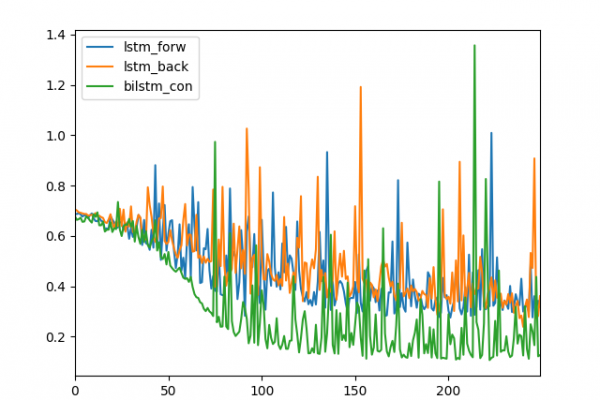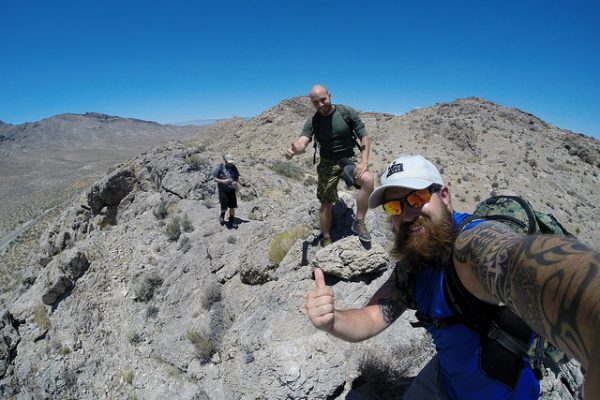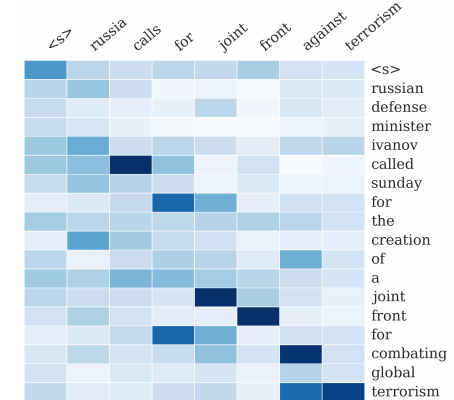How to Learn to Echo Random Integers with LSTMs in Keras
Last Updated on August 27, 2020 Long Short-Term Memory (LSTM) Recurrent Neural Networks are able to learn the order dependence in long sequence data. They are a fundamental technique used in a range of state-of-the-art results, such as image captioning and machine translation. They can also be difficult to understand, specifically how to frame a problem to get the most out of this type of network. In this tutorial, you will discover how to develop a simple LSTM recurrent neural […]
Read more








